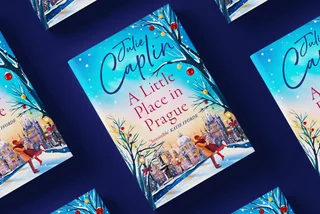There are roughly 6,000 Jewish people living in Prague today, and 1,800 are active members of the Jewish community. Since the fall of the Iron Curtain the average age in the community has dropped every year. “We are seeing lots of bar mitzvahs and marriages, and lots of conversions,” says Rabbi Hoffberg, a conservative rabbi with the Masorty Olmaj congregation.


